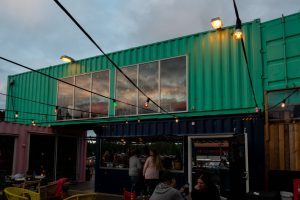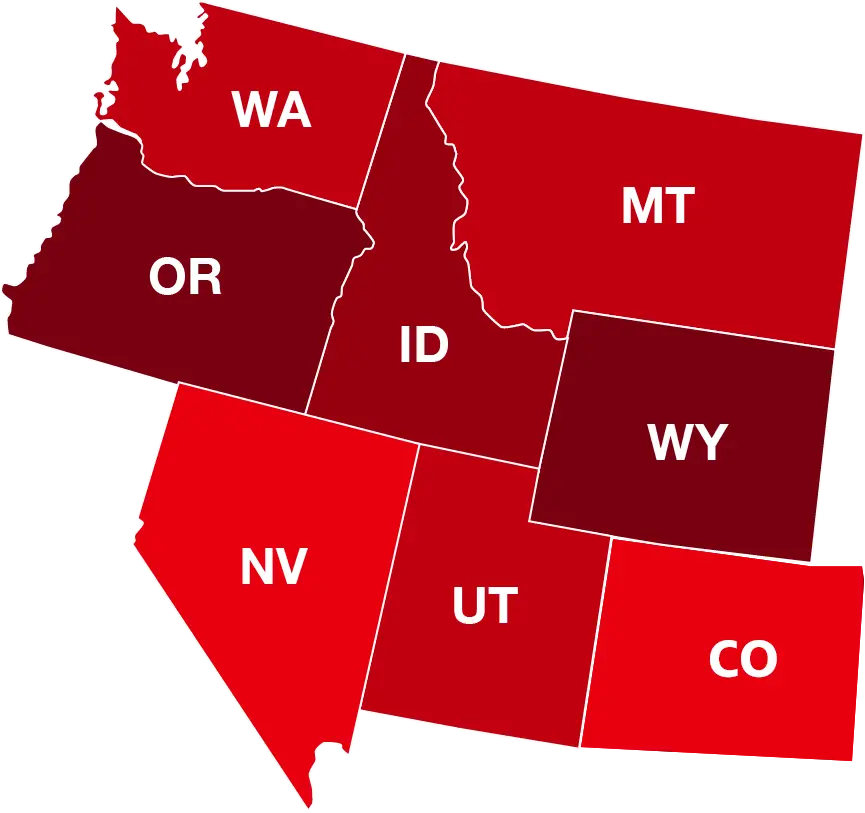Restaurant Shipping Container: 5 Benefits of Getting Started

Starting up a restaurant is a risky endeavor, to be sure. In fact, 60 percent of new restaurants fail within the first year, with nearly 80 percent closing their doors before reaching their fifth year of operation.
This often happens because owners spend way too much money on the cost of constructing and designing their building. Starting a business too far in the red makes it almost impossible to get back in the black in time to become profitable.
If you want to keep your construction costs low, you may want to consider starting a restaurant shipping container. Here are five big benefits of getting started.
1. The Cool Factor
Restaurants that are highly successful often have a theme or unique quality to them that makes people want to be there. Diners want to be wowed, intrigued, and entertained. They want something unique and special, something they can’t get anywhere else.
A shipping container that has been converted into a restaurant is the perfect way to make your establishment stand out from the crowd. If you deck it out enough, no one will even realize they’re sitting in a cargo container!
2. Affordable
Cargo containers are built to last and are ready to go. No need to start from scratch or build from the ground up when you use a shipping container for your eatery.
The basics and bones are already there. You just have to add some modifications for the kitchen area, add in some seating, and voila – you have a ready-made storefront that’s open for business.
3. Quick Startup Time
The best way to turn a profit right out of the gate is to get your restaurant up and running quickly. Restaurant owners usually have to wait months on the planning, designing, and permit stages before even thinking about building anything.
The time it takes to open your shipping container business is only a fraction of that. Once you have opened your doors, you can start making money immediately. No construction delays and no waiting on a contractor who keeps putting you off.
4. Pest Control
Nothing will sink your restaurant faster than word of a pest problem getting out. Where there is food, there are rodents and insect to eat it.
However, with a shipping container, you don’t have to worry about pests that make their way through the cracks or walls. That’s because cargo containers are sealed up tight and made of the strongest steel to keep unwanted critters out.
5. Energy Efficient
With a cargo container, the energy costs are lower than a large building because you don’t have the crevices and cracks that other construction types have. That makes them very eco-friendly.
Plus, you’re reducing your carbon footprint. So go on, advertise how green-friendly you are and your customers will appreciate it!
Frequently Asked Questions About Container Restaurants
What size are shipping containers for restaurants?
While shipping containers come in various sizes, the most popular for restaurant conversions are the 20-foot and 40-foot containers. Some restaurants might combine multiple containers for a more extensive layout.
Can you store food in a shipping container?
Yes, with proper modifications, such as insulation, temperature control, and ensuring airtight seals, food can be stored in shipping containers. However, it’s essential to maintain hygiene standards and monitor for pests.
How do I start a container restaurant?
Starting a container restaurant involves several steps:
- Secure necessary permits and licenses.
- Source a suitable container and decide on its layout.
- Hire contractors experienced in container modifications.
- Install required utilities, such as electricity, water, and waste systems.
- Design the interior and exterior according to your restaurant theme.
How much does it cost to turn a shipping container into a coffee shop?
The cost varies based on design intricacy, container size, interior finishes, and regional labor rates. On average, converting a 20-foot container into a basic coffee shop could range from $20,000 to $50,000 or more for higher-end designs.
How can I start my own container business?
- Identify your niche: storage solutions, homes, offices, or pop-up stores.
- Source containers from reputable vendors.
- Collaborate with designers and architects familiar with container modifications.
- Secure necessary permits.
- Promote your business locally and online, showcasing the benefits of container solutions.
Contact Dry Box
Interested in learning more about how you can convert a cargo container into a restaurant store front? Call us at 866-549-9823 or request a quote now.









